Is planning reform needed to boost productivity and secure a net-zero future?
In a word, “yes”. While that answer’s clear, it falls short when it comes to setting the scene, or indeed presenting a persuasive case. So here goes…
I remember being told as a law student at Aberdeen University in the late 1980s the planning system in Scotland was badly in need of reform.
Some decades on and, while the system is identified as key to shaping sustainable communities, infrastructure and development, the call for change is as strong as ever.
Investment – setting the scene
The question now is whether it’s fit for purpose for green infrastructure projects, set against the backdrop of competing priorities for local authorities and the Scottish Government – particularly budgetary constraints and access to skills.
One litmus test might be the role the planning system plays in encouraging investment for businesses.
Stability in policy and confidence in realistic and sustainable delivery are the basic needs for any informed commercial business decision.
Recent changes in planning policy
One of the key developments in this area over the past year was the adoption of the National Planning Framework 4 (NPF4) in February.
This sets out how our communities can develop and affects all aspects of planning, including emerging low-carbon and zero-emissions technologies such as hydrogen and carbon capture.
As laudable as this is, the challenges of finding the resources for tangible action in the short term are, in my experience, recognised and understood by the business sector.
After all, most of us live in the communities where we operate and are acutely aware of the critical decisions facing those allocating funds.
Cross-sector collaboration
The need for collaboration and knowledge sharing has never been greater as we’re facing global competition at a level we’ve never experienced before.
On the other hand, we have an impressive and internationally recognised wealth of knowledge and experience in both the public and business sectors.
So, a key wish for me for 2024 would be to see greater partnership and collaboration between the two.
Not just some lengthy consultation, but for the purpose of tapping into skills for tangible benefit.
On that note – and bearing in mind excitement is not an emotion I’d expect to feel when it comes to budgets – I read the CBI Scottish Budget 2023-24 submission with interest.
CBI Scotland has urged the Scottish Government to consider reform for planning processes for local and major green infrastructure projects, offering more opportunities for input from businesses.
It has also called for the government to support an industry-led team of planning experts to accelerate the consenting process of major net-zero infrastructure projects.
This is a prime example of that collaboration I mentioned.
It would be interesting to see too how that concept could work at a local level.
What’s happening on the ground?
In terms of Scotland’s decarbonisation journey, we’ve seen a move to grow the footprint of more traditional renewables such as wind, with larger wind farms further offshore as well as floating wind farms, and tidal power.
For example, in October, SSE Renewables and project partner TotalEnergies announced all turbines at the Seagreen offshore wind afrm off the Angus coast were operational.
Cross-border suubsea link
Notably too, £1.8 billion-worth of contracts for Eastern Green Link 1, a joint
venture between National Grid Electricity Transmission and SP Transmission, were
recently announced.
This will see the creation of a 525 kilovolt, two gigawatt HVDC (high-voltage direct current) subsea transmission cable from Torness in East Lothian, Scotland, to Hawthorn Pit in County Durham.
The partners say it will carry enough green energy to power more than two million homes across the UK.
Over the next year and beyond we’ll see more development into other energy
technologies, such as hydrogen and carbon capture and storage (CCS).
In September, the Acorn CCS project (at St Fergus, near Peterhead) received licences from the North Sea Transition Authority for the Acorn East and East Mey CO2 stores.
The partners in Acorn are lead developer Storegga, Shell, Harbour Energy and North Sea Midstream Partners.
They are currently preparing for detailed commercial negotiations as one of four UK Government “track two” carbon capture, utilisation and storage clusters selected to deliver storage for 20-30 million tons of CO₂ per year by 2030.
The Forth and Inverness and Cromarty Firth green freeports are good examples too of what can be done if the UK and Scottish governments work together, presenting great
opportunities to stimulate growth.
More than ever, there’s a clear need for joined-up thinking and breaking down the silos.
It’s no surprise, then, that one of my hopes for 2024 is to see improved collaboration between the public and private sectors, and more opportunity for businesses to input into the decision-making process over the short, medium and long term.
Jennifer Young is managing partner at Aberdeen-based Ledingham Chalmers Solicitors. She is also chairwoman of CBI Scotland.



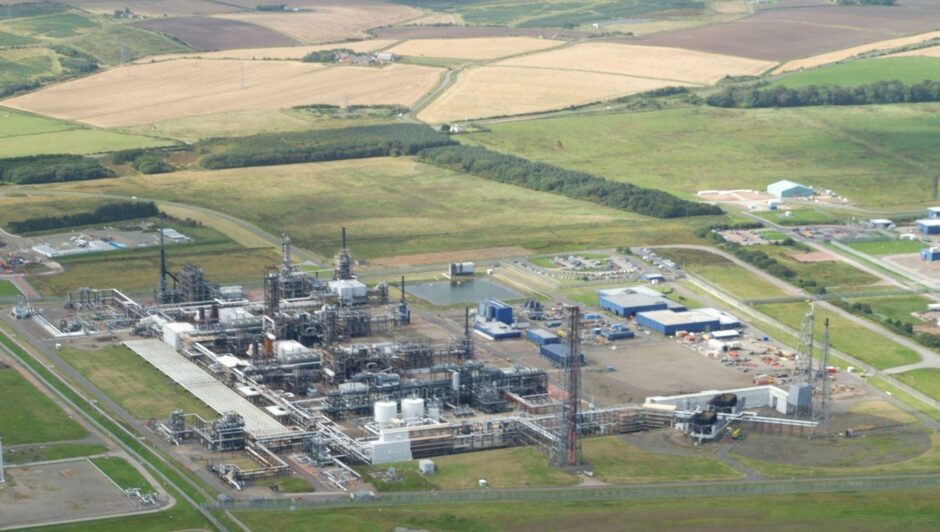
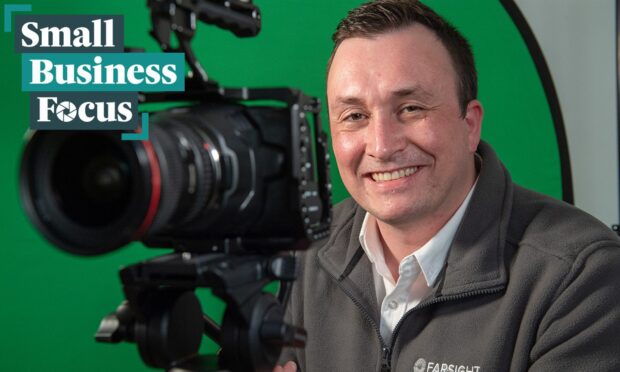


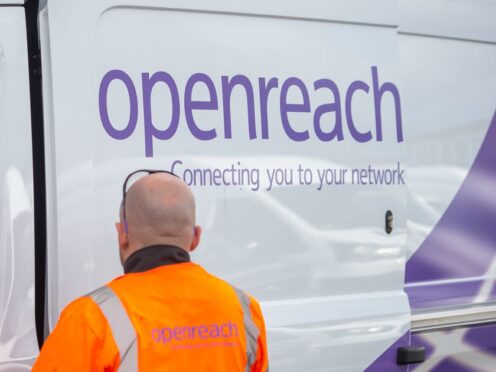
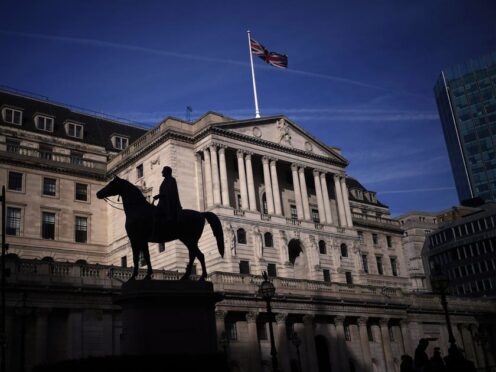


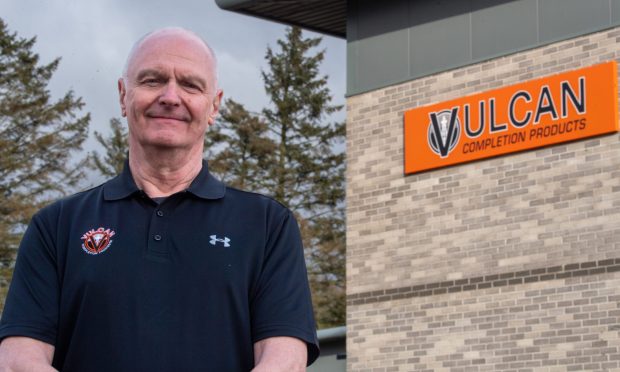

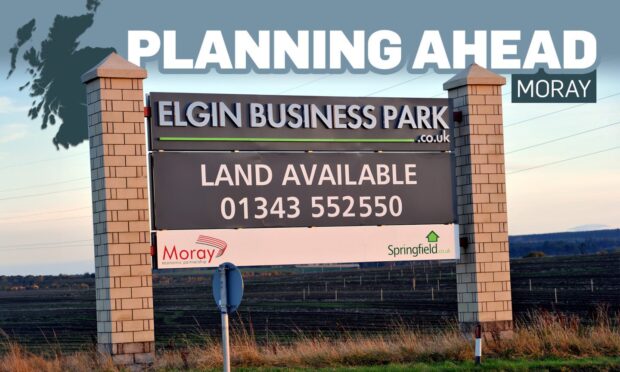
Conversation